2012 (1)
2018 (3)
2020 (1)
2026 (3)

百合是夏天在家庭院子裏和公共場所的花園裏常見的花朵。 在美國,幾乎有房主都種植了百合。 在苗圃和很多家庭裝修商店都能買到一袋袋的百合球或一盆盆的百合苗。健壯的百合可以長到一米五以上,不會輕易地倒伏。 百合春來發芽,夏天開花,花季較長。花的形狀像喇叭,顏色多樣, 我家的百合花有白、黃、粉和紅四種顏色, 比較多樣化。
我們說的百合英文名字叫 Lily,在植物分類中屬百合科, 拉丁名叫 Liliaceae。 還有一種 Day Lily 在中國叫黃花菜,又叫金針菜,拉丁名叫 Hemerocallis citrina Baroni。關於Lily,植物學界也是一團漿糊,網上的有些資料也沒有跟上變化。過去黃花菜與百合都歸屬於百合目,現在已經劃歸另一門類. 黃花菜的花 在中國主要是來做菜的,根莖沒有食用價值。 與此相反, 百合的花主要是用來觀賞的,可以吃但太粗燥。百合原產中國,引進西方 後被發揚光大,種類很多,觀賞性極強。
多數種百合的人隻是把它當花養,其實它下麵像大蒜一般球莖是美食的好原料。當你從超級市場買回飄洋過海來的蘭州百合的時候,有沒有想過你花園裏的百合和它一樣也能吃?我今年在百合花凋謝之後,將花園裏的百合全部刨了出來, 選出幾個大的做了菜,那味道真是好極了,比起從超市裏買來的好的多。用百合可以做菜,如西芹炒百合,也可以做粥。
根據網友們的反饋,吃百合要謹慎行事。 百合有微毒,有過敏反應的人要少吃或不吃。為了保證安全,可以 嚐試先吃一點點,如果沒不良反應,以後可以逐漸增加用量。另外,要選用潔白,無雜色的百合食用。 如果實在沒有信心,最好找醫生谘詢。
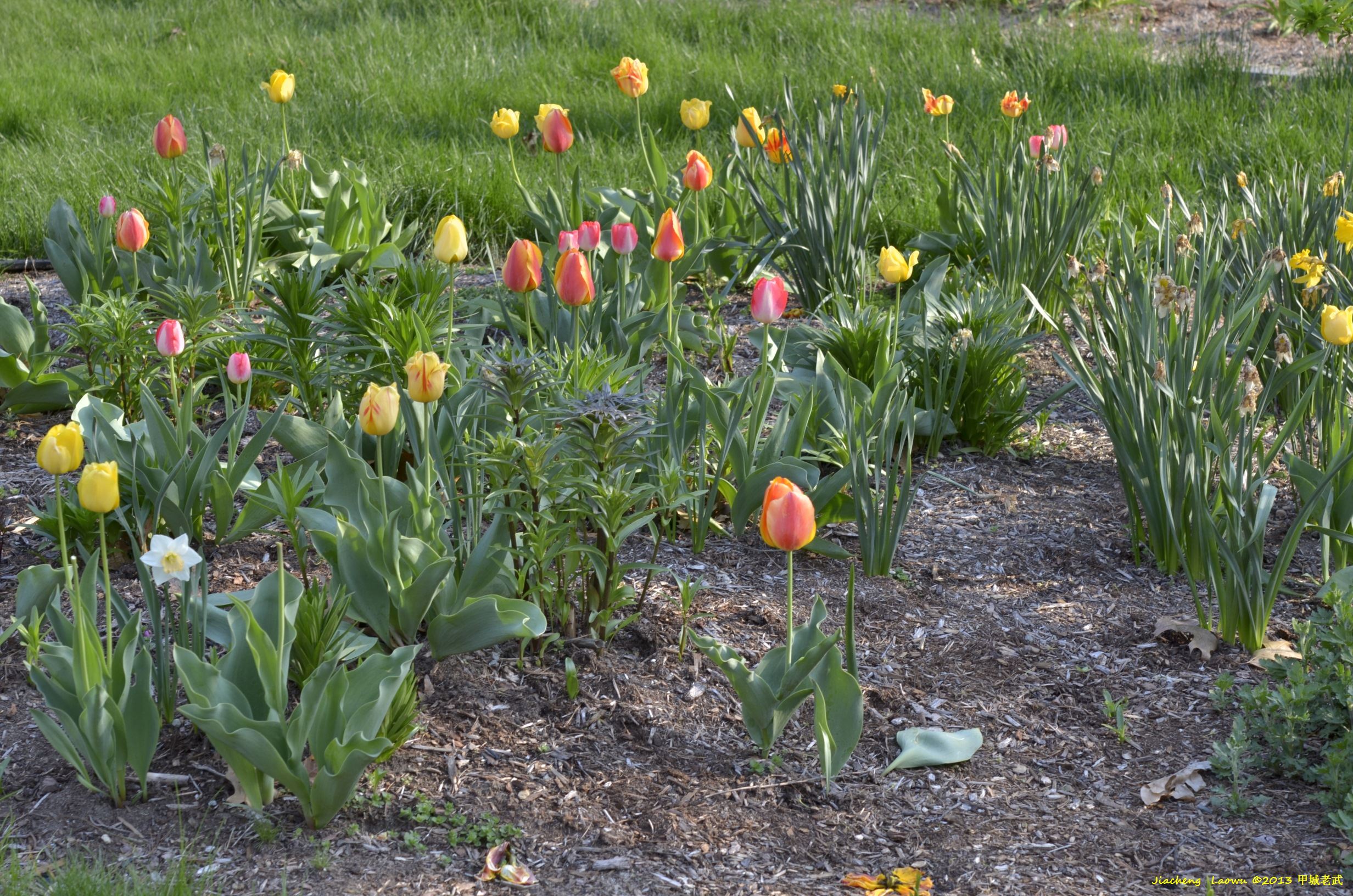
圖一 正當鬱金香盛開的時候,百合的幼苗也冒出了地表。
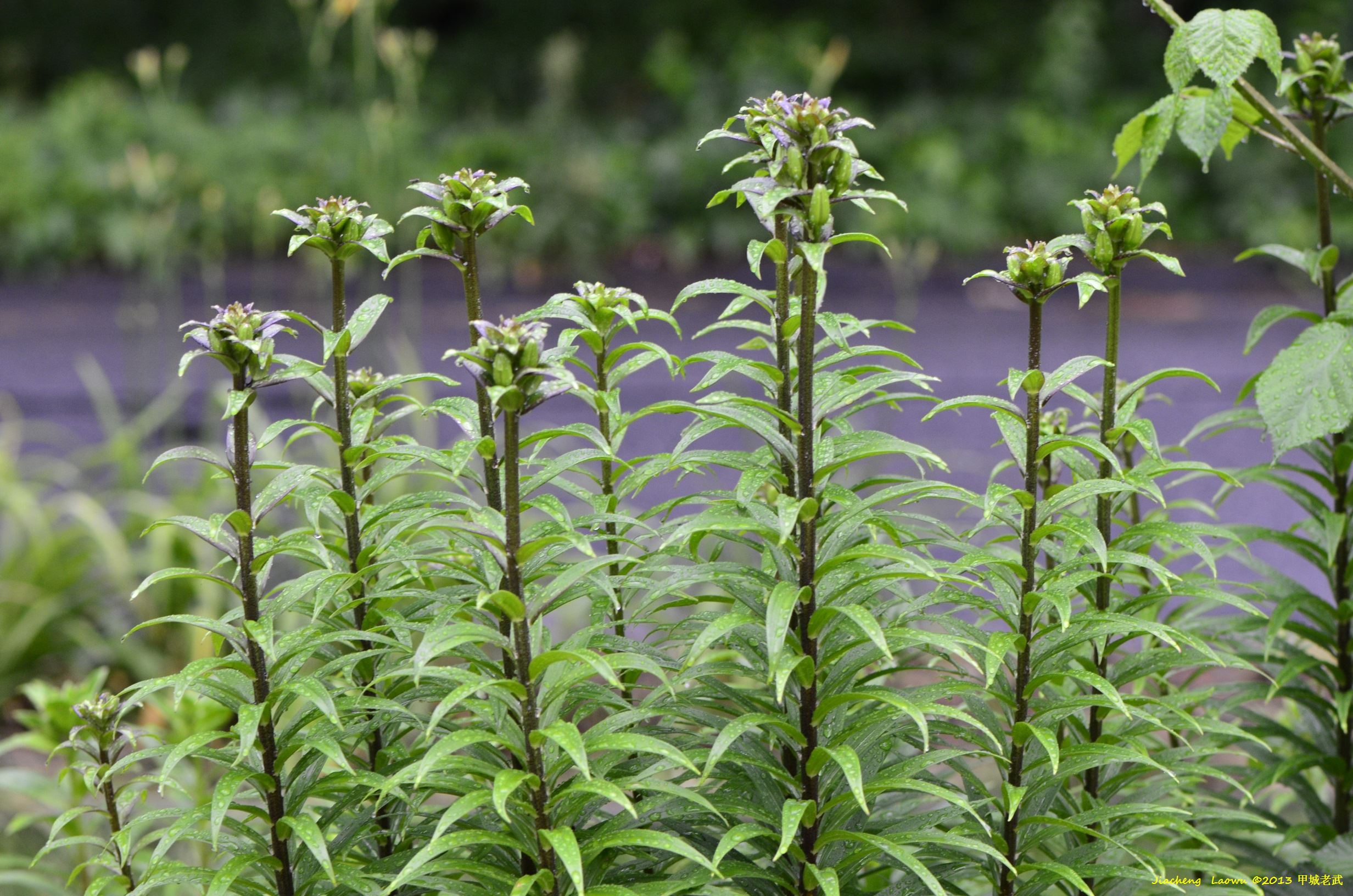
圖二 含苞待放的百合。
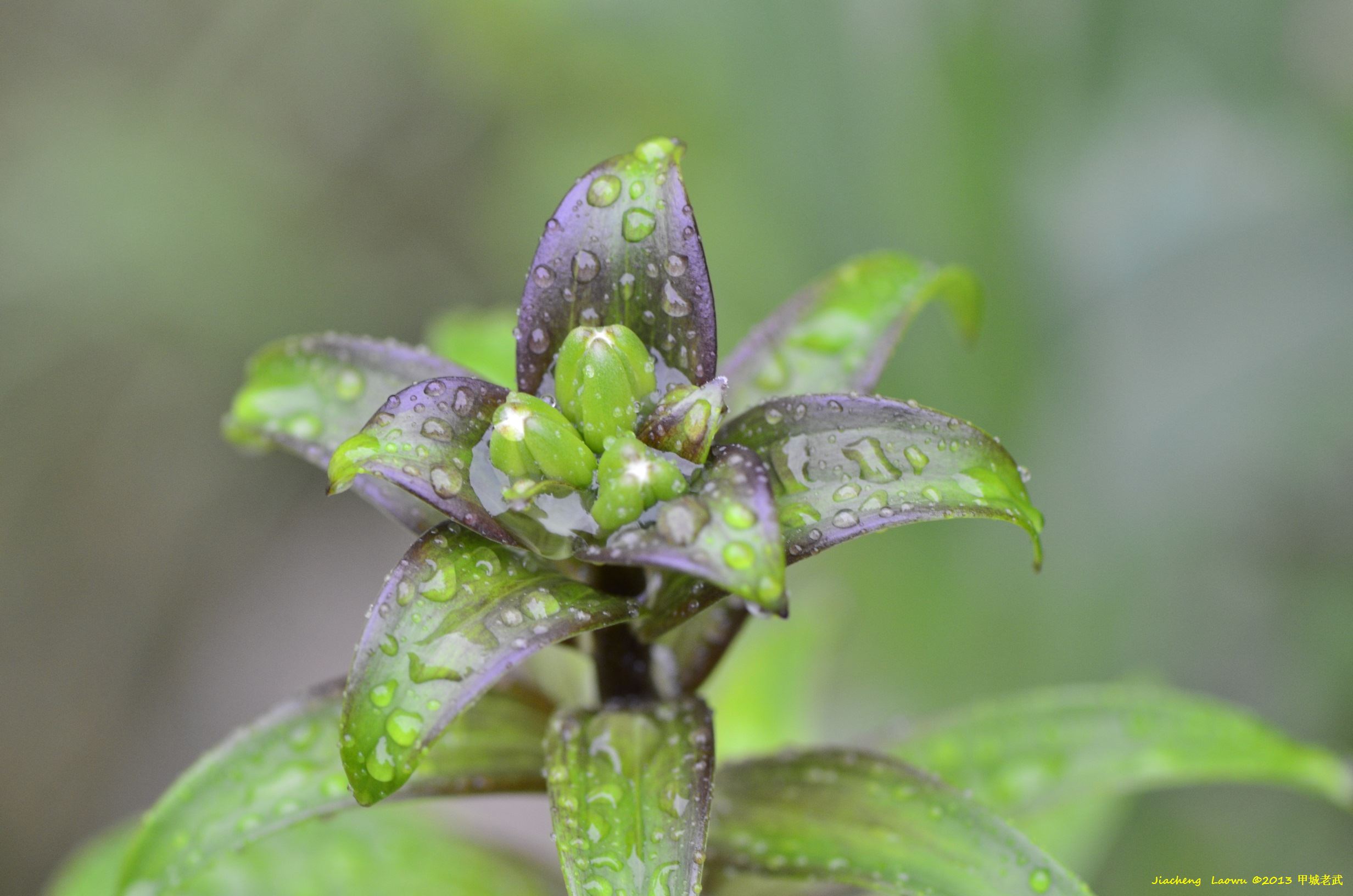
圖三 含苞待放的百合之二。
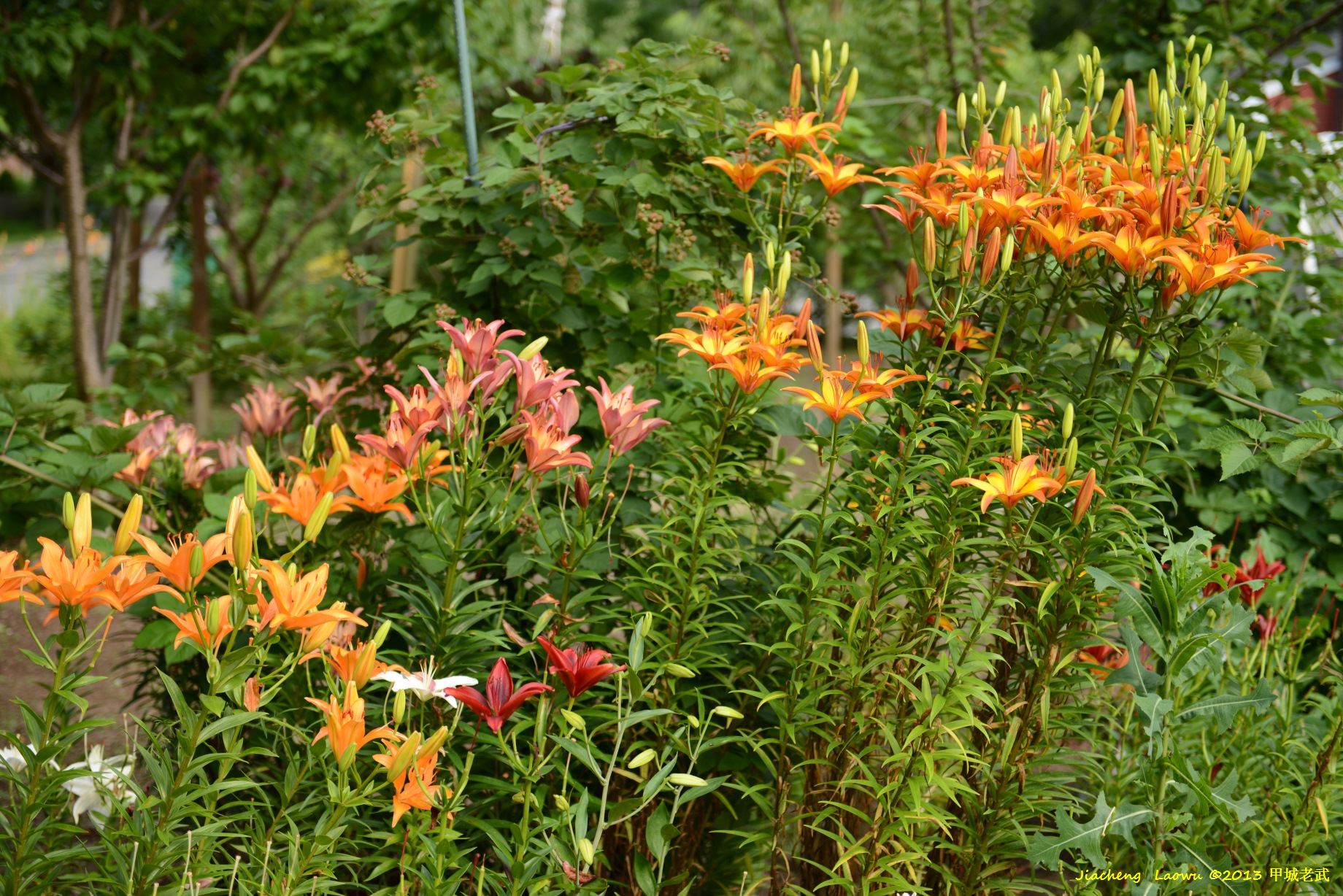
圖四 鮮花盛開的百合。
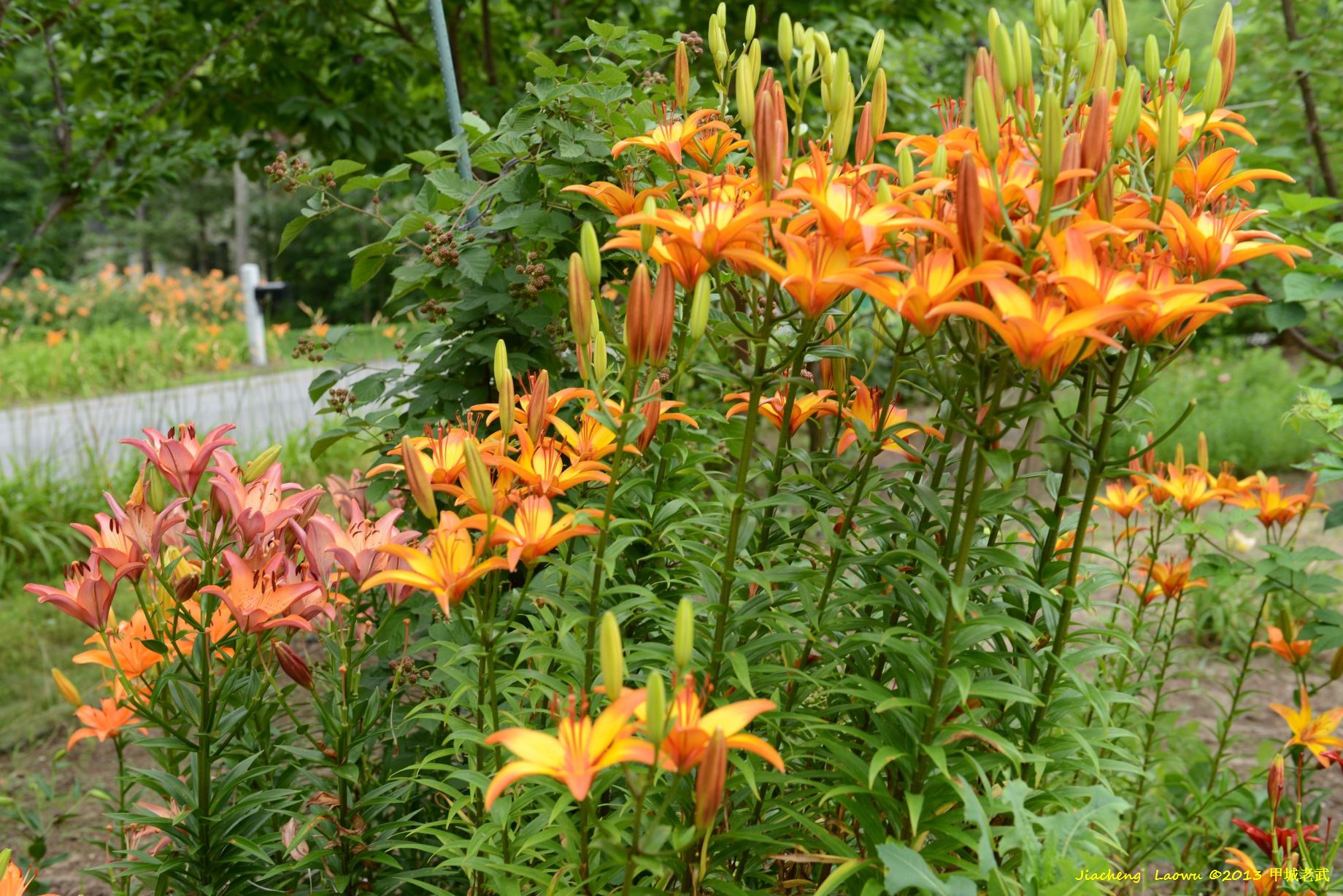
圖五 含苞待放的百合之二。
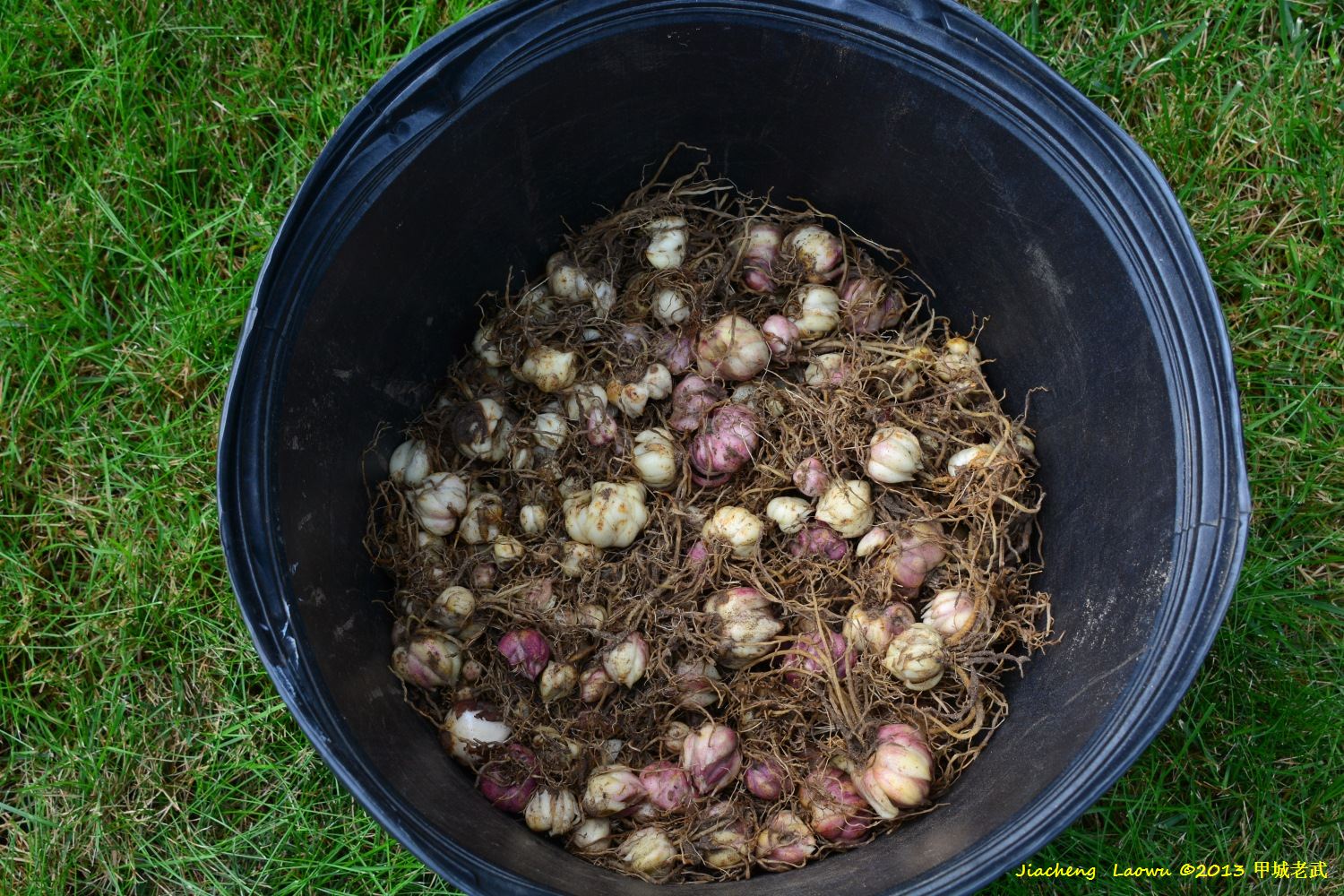
圖六 從地裏挖出了的百合,這是吃剩下的。
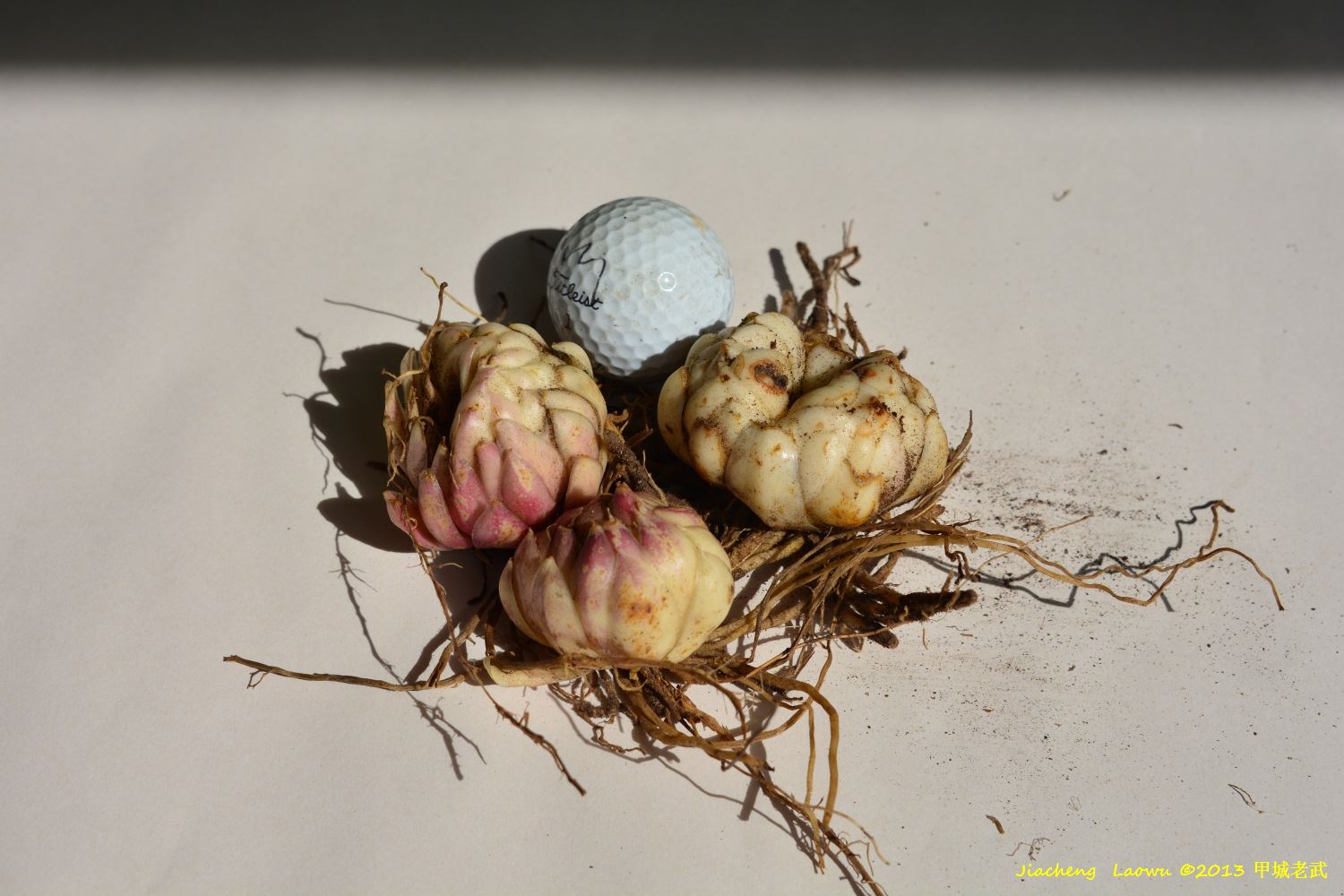
圖七 百合近照。
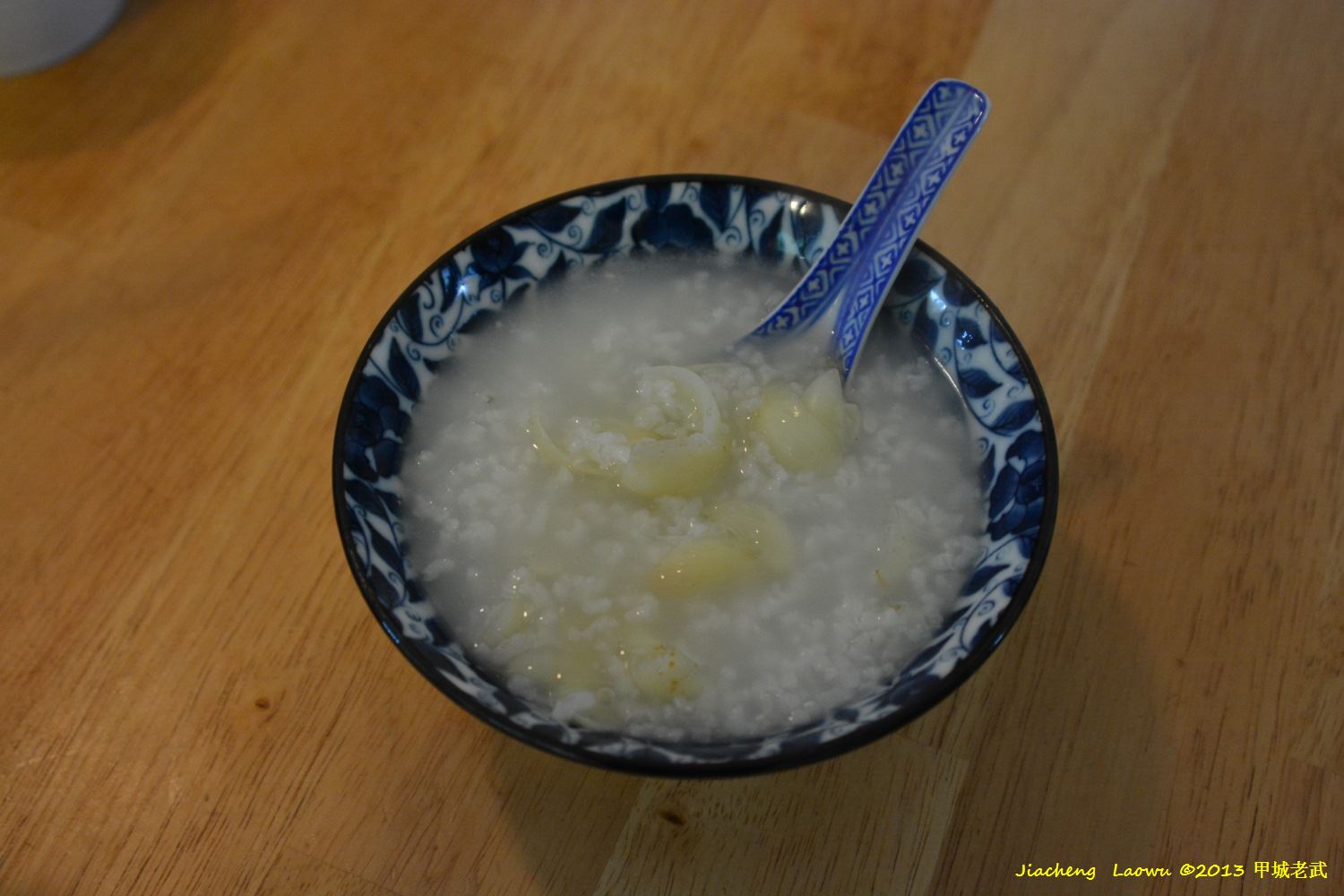
圖八 用百合做的粥。




新鮮黃花菜含秋水仙堿,有毒,需久煮。幹貨無此問題。
盡管叫daylily, 但它不屬百合科。
Lilies That Can Kill or Cause Serious Illness
Eating certain lilies could cause a fatal reaction or death. The toxicity of the star lily (Zigadenus fremontii) is so well known that it is also known as death camas. It grows in U.S. Department of Agriculture plant hardiness zones 5 through 10. The gloriosa lily (Gloriosa superba), also known as the climbing lily or glory lily, makes your mouth, throat, tongue and lips go numb if eaten. Ingestion can also result in potentially serious paralysis of the nervous system, depending on the amount eaten. It can grow in USDA plant hardiness zones 8b through 11. The innocuous-looking lily of the valley (Convallaria majalis) has a darker side. People who eat any part of this lily may experience an irregular heart rate, confusion, digestive upset, diarrhea or vomiting. Lily of the valley grows in USDA plant hardiness zones 4a to 9b. The California Poison Control System notes that lily of the valley and gloriosa lily can cause serious problems or death if eaten. If someone has eaten one of these lilies, take immediate action and call your doctor at once to prevent death or serious illness from these plants.
Lilies Containing Oxalates
Calcium oxalate is a serious substance. It has a structure that resembles tiny needles. Eating lilies containing this substance could result in irritation and swelling of the mouth, affecting the tongue, top of the mouth and lips. The types of lilies that include oxalate are the peace lily (Spathiphyllum cannifolium) and calla lily (Zantedeschia aethiopica). Peace lilies grow outdoors in USDA plant hardiness zone 9b. Calla lilies grow in zones 8 through 10.
Lilies That Cause Skin Irritation
Skin irritation can occur in some people who come in contact with the parts of certain lilies, especially the sap. For rashes and skin irritation, wash the affected area and make an appointment with your doctor if the rash is especially painful. The California Poison Control System identifies the following as skin-irritating lilies: Crinum lily (Crinum spp.), calla lily, plants in the Lilium family, lily of the valley and the belladonna lily (Amaryllis belladonna), which grows in USDA plant hardiness zones 7a through 10b. Though not true lilies, calla lilies may be confused with real lilies by their name, which is why they are included.
Mildly Toxic Lilies
"Mildly toxic" is a relative term. It refers to plants that produce a minor digestive reaction, such as diarrhea or vomiting, but not serious illness or death when eaten. Contact a doctor if the reaction is severe or if you have any concerns. Crinum lily bulbs can cause problems if eaten. Varieties of Zephyranthes lilies are toxic to people. Eating any part of rain lilies (Zephyranthes stellaris) or atamasco lilies (Zephyranthes atamasco) could result in dizziness, collapsing or stomach pain. The reaction can vary depending on the person and the amount eaten. The atamasco type grows in USDA plant hardiness zones 7 through 10. Rain lilies can be grown in USDA plant hardiness zones 8a through 10b. If symptoms progress beyond stomach upset, contact a doctor immediately.
Treatment
For anyone who has eaten or touched any portion of a lily and experiences symptoms, immediate care must be given. Phone the doctor or poison control center and rinse off the affected area with clean water. Take the remaining portion of the plant with you to the doctor. Luckily, most lilies are not classified as fatal, but some are, according to the California Poison Control System. Always treat any reaction to a toxic plant as serious, especially to lilies, which can have serious, if not fatal, consequences.